The Secrets of Honey in Wound Care: Tradition Backed by Science
Honey’s role in healing wounds isn’t just folklore—modern research confirms its antimicrobial punch, anti-inflammatory support, and tissue-repair boost. In this post, you’ll discover how honey’s unique chemistry shuts down bacteria, explore top honey types for wound care (from Manuka to buckwheat), and even learn about its benefits in cosmetic formulas. Whether you’re a DIY herbalist or an indie skincare formulator, understanding honey at the molecular level will empower you to harness its full potential.
A Sweet History in Healing
Across millennia and continents, honey has captivated healers and ritualists alike. Ancient Egyptians coated wounds with honeyed dressings, believing it both purified and preserved. In Ayurveda, honey was classified as “yogavahi”—an agent that enhances the properties of other remedies. Greek physicians like Hippocrates recommended honey for sore throats and skin ailments, praising its soothing qualities.
From the Veda’s honeyed offerings to biblical references calling the Promised Land “flowing with milk and honey,” this elixir has always symbolized abundance, health, and spiritual nourishment.
How Honey Heals: 5 Key Mechanisms
Honey brings a multifaceted defense against pathogens. These five processes work together to create an inhospitable environment for microbes and support tissue repair:
Osmotic stress: Honey’s high sugar content draws water out of bacterial cells, causing them to shrivel. This high osmolarity creates an environment too dry for most bacteria.
Acidic pH: With a pH between 3.2 and 4.5, honey creates an inhospitable environment for most pathogens.
Enzymatic peroxide: Bee-secreted glucose oxidase generates a steady trickle of hydrogen peroxide when honey is diluted. This gentle antiseptic cleanses without damaging delicate tissues—unlike high-strength, sporicidal H₂O₂ solutions.
Non-peroxide factors: Certain honeys (notably Manuka) contain methylglyoxal or bee defensin-1(MGO). MGO disrupts bacterial biofilms and pokes holes in microbial membranes.
Antioxidant & Anti-Inflammatory Bioactives: Phenolic compounds—flavonoids and phenolic acids—lend antioxidant and anti-inflammatory support. They neutralize free radicals in the wound bed, reducing oxidative stress and preventing prolonged inflammation.
Together, these mechanisms help explain why honey remains a go-to remedy in both traditional lore and modern scientific studies.
Top Honeys for Natural Wound Care
Different honeys vary in their antimicrobial strength, enzymatic activity, and bioactive profiles.
Manuka Honey
Antimicrobial driver: methylglyoxal (MGO)
Typical MGO: 260–500 mg/kg
pH range: 3.2–4.5
Benefits: potent against resistant strains, anti-biofilm
Medical-Grade Blossom Honey
Antimicrobial driver: hydrogen peroxide (10–20 µM)
pH range: 3.5–4.0
Benefits: reliable peroxide release, standardized activity
Buckwheat Honey
Antimicrobial driver: high phenolic content (tannins, flavonoids)
pH range: 3.4–4.2
Benefits: strong antioxidant capacity, ideal for inflamed wounds
Thyme Honey
Antimicrobial driver: thymol derivatives and flavonoids
Typical thymol content: 15–30 mg/kg
pH range: 3.3–4.1
Benefits: broad-spectrum antimicrobial, anti-inflammatory
Raw vs. Medical-Grade Honeys
Generally it is always preferable to use medical grade topicals on open wounds. Safety and consistency matter:
Raw & Artisanal Honeys
Pros: Complex phytochemical mix, unique flavors reflecting local flora.
Cons: Variable enzyme levels, potential spore contamination, no guaranteed activity.
Best for: Infusions, topical skincare rituals, non-deep wounds only.
Medical-Grade Honeys Benefits
Sterilized (gamma-irradiated) to eliminate spores without destroying nutrients.
Certified activity indices (e.g., UMF for Manuka) ensure predictable antimicrobial strength.
Packaged in single-use dressings or sterile tubes.
Universal pick for any open wound, whether you’re an herbalist or a pro formulator.
All readers—DIY herbalists and professional formulators alike—should opt for medical-grade honey when addressing open wounds.
Honey vs. Conventional Dressings: What the Science Shows
Clinical trials and meta-analyses keep pointing to honey’s wound-healing edge:
Diabetic Foot Ulcers: In a four-week RCT, Manuka honey dressings cleared infection in 95% of participants versus 68% with conventional saline-moistened gauze. Honey accelerated granulation tissue formation by 30% and reduced dressing changes by 40%. 10.12968/jowc.2008.17.6.29583
Partial-Thickness Burns: A comparative study found honey-treated burns closed 25% faster than those treated with silver sulfadiazine, with less pain reported on dressing changes. 10.1111/j.1742-481X.2010.00717.x
Venous Leg Ulcers: A Cochrane review of seven trials concluded that honey dressings lead to improved wound contraction and microbial clearance, with fewer adverse events than iodine and silver dressings. https://www.ncbi.nlm.nih.gov/books/NBK538361/
Chronic Wound Management: Honey’s anti-biofilm activity disrupts Pseudomonas and Staphylococcus biofilms, crucial for recalcitrant, non-healing wounds. It also reduces malodor by neutralizing proteolytic enzymes. 10.3390/nu16152455
Why Honey Matters in Clean Beauty
Beyond wound care, cosmetic formulators prize honey for:
Humectant Action: Locks moisture into skin layers for lasting hydration.
Film-Forming Properties: Creates a subtle barrier that smooths texture and imparts glow.
Gentle pH Support: Aligns with skin’s natural acidity, reinforcing its protective function.
Natural Antioxidants: Flavonoids help shield skin from environmental stressors.
Whether you’re crafting a lip balm or a whipped body butter, honey’s multifaceted benefits make it a cornerstone of clean-beauty formulas.
Conclusion
From ancient Egyptian bandages to cutting-edge clinical trials, honey remains a sweet testament to nature’s ingenuity. By understanding its five core healing mechanisms, choosing the right variety, and even incorporating it into your skincare routine, you can celebrate honey’s legacy and push the boundaries of your herbal or skincare practice.
Whether you’re stirring a spoonful into your herbal rituals, experimenting in the kitchen lab, or simply savoring its complex flavors, remember that every drop carries billions of years of evolution, and centuries of human fascination. Share your observations, questions, or honey-inspired musings in the comments below. Let’s continue this sweet exploration together!


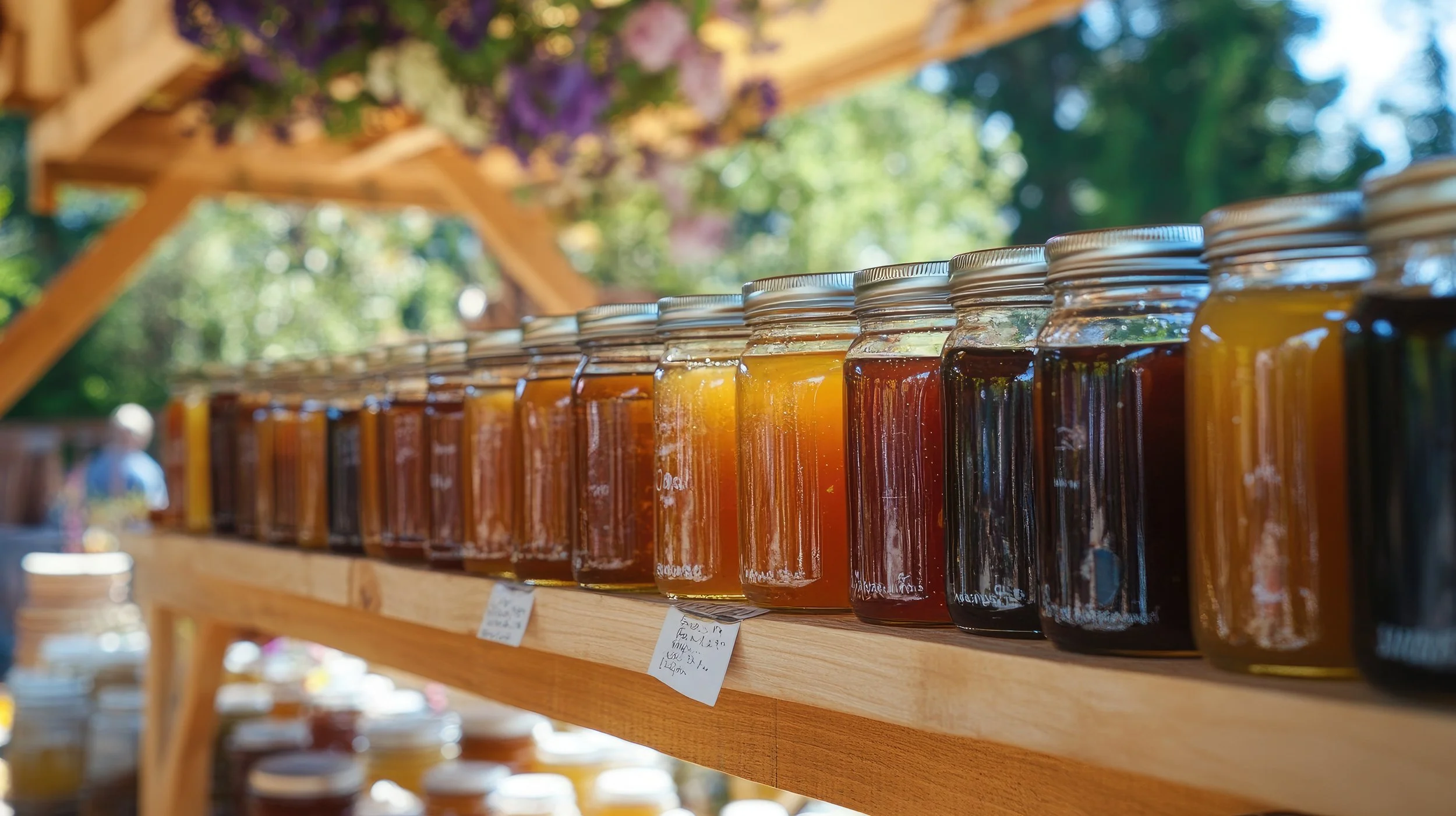
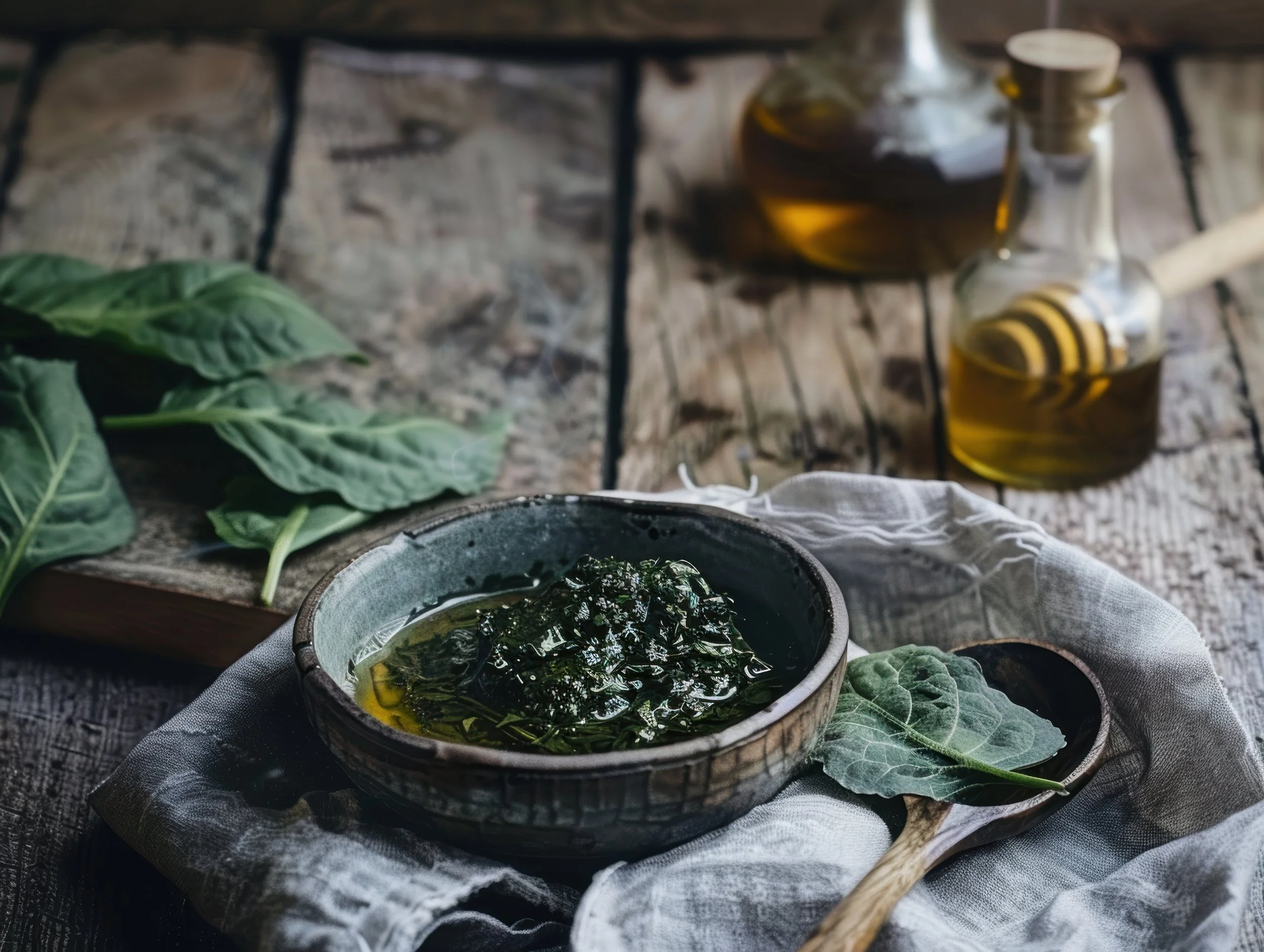
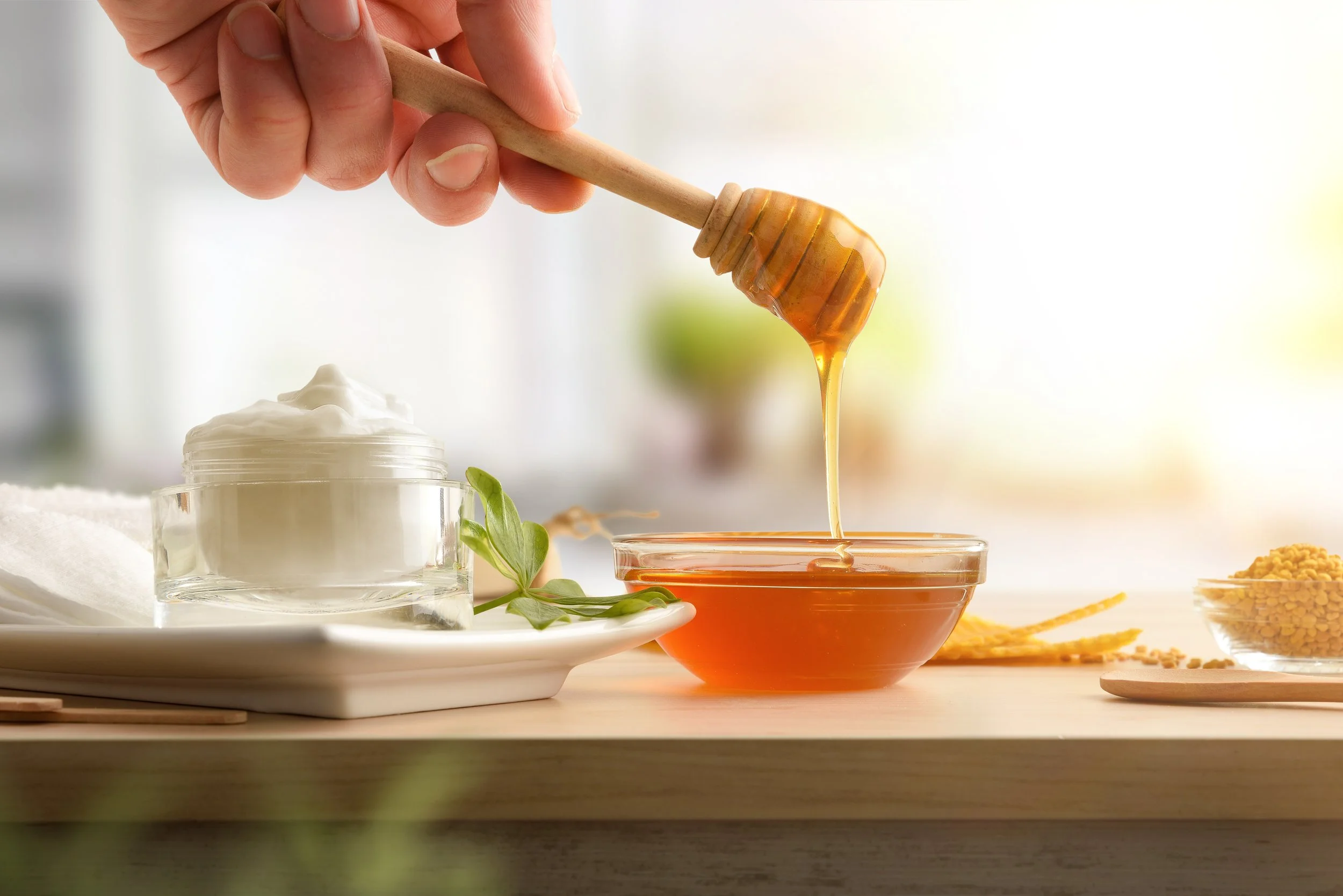






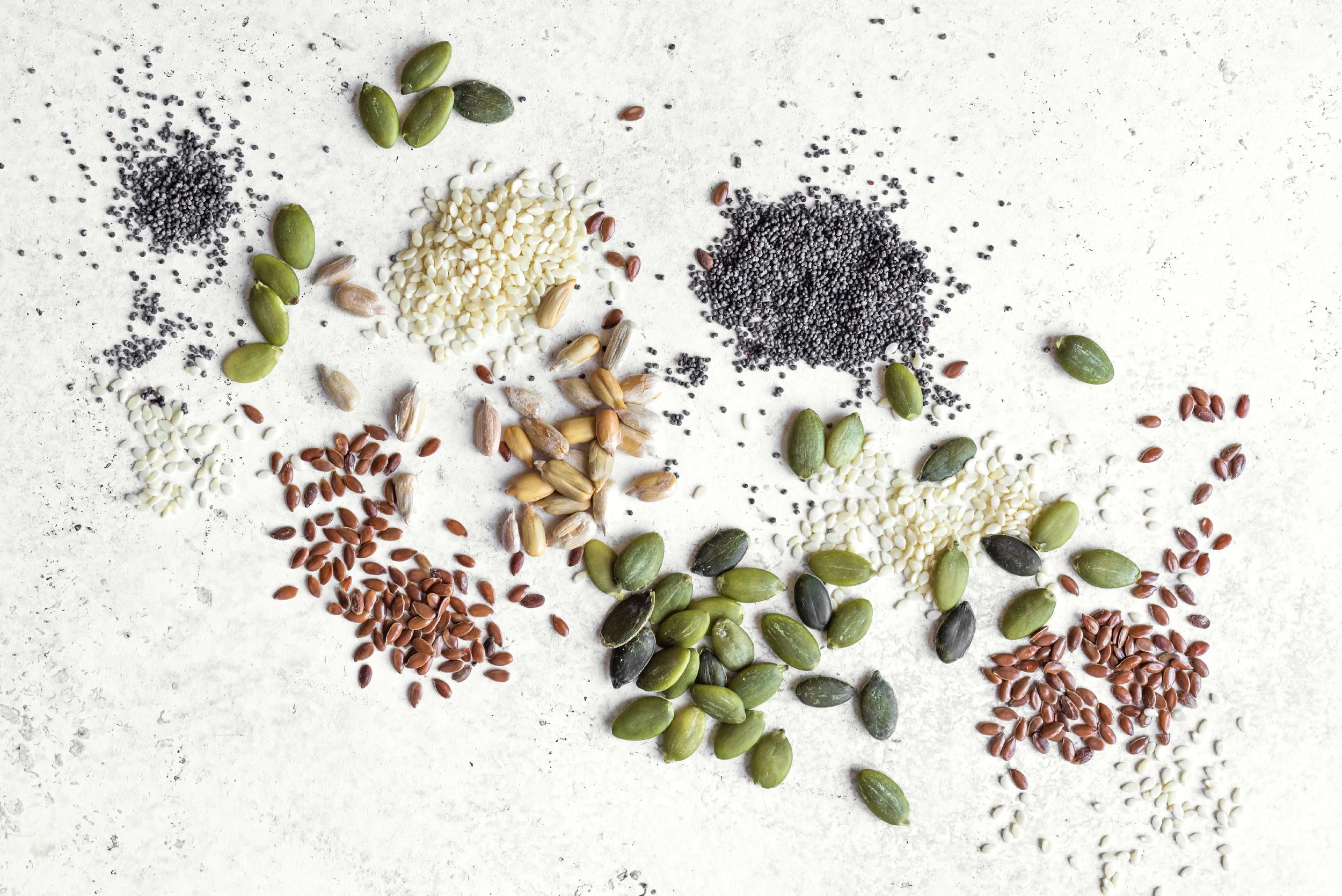
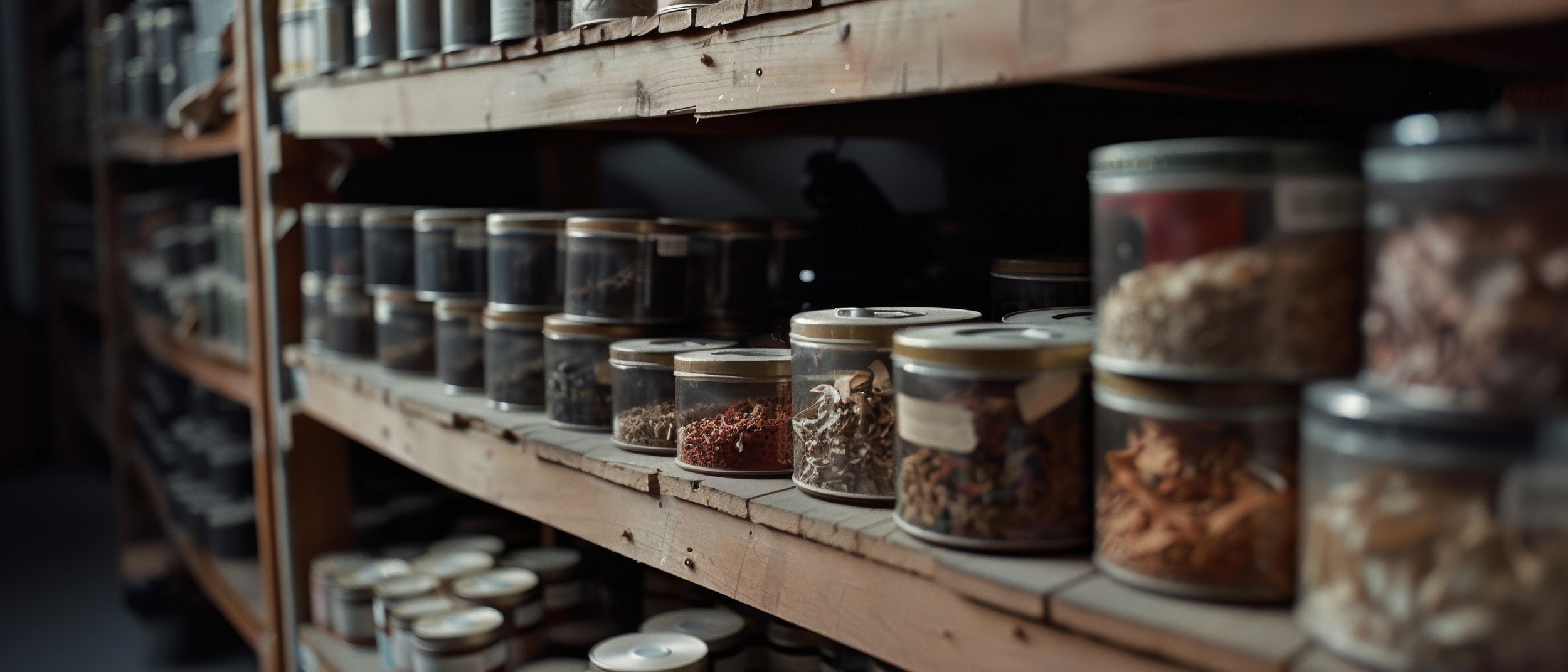
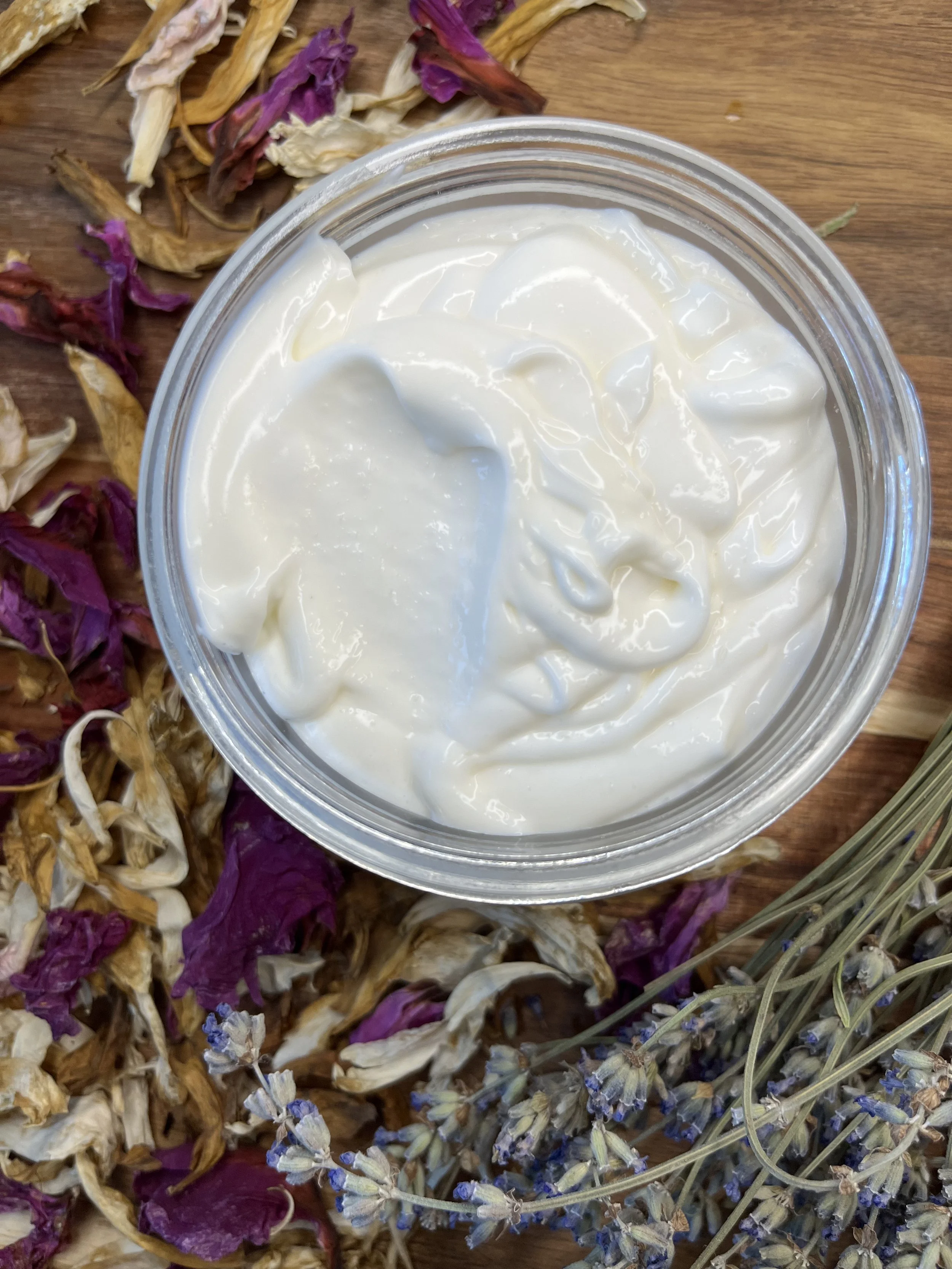

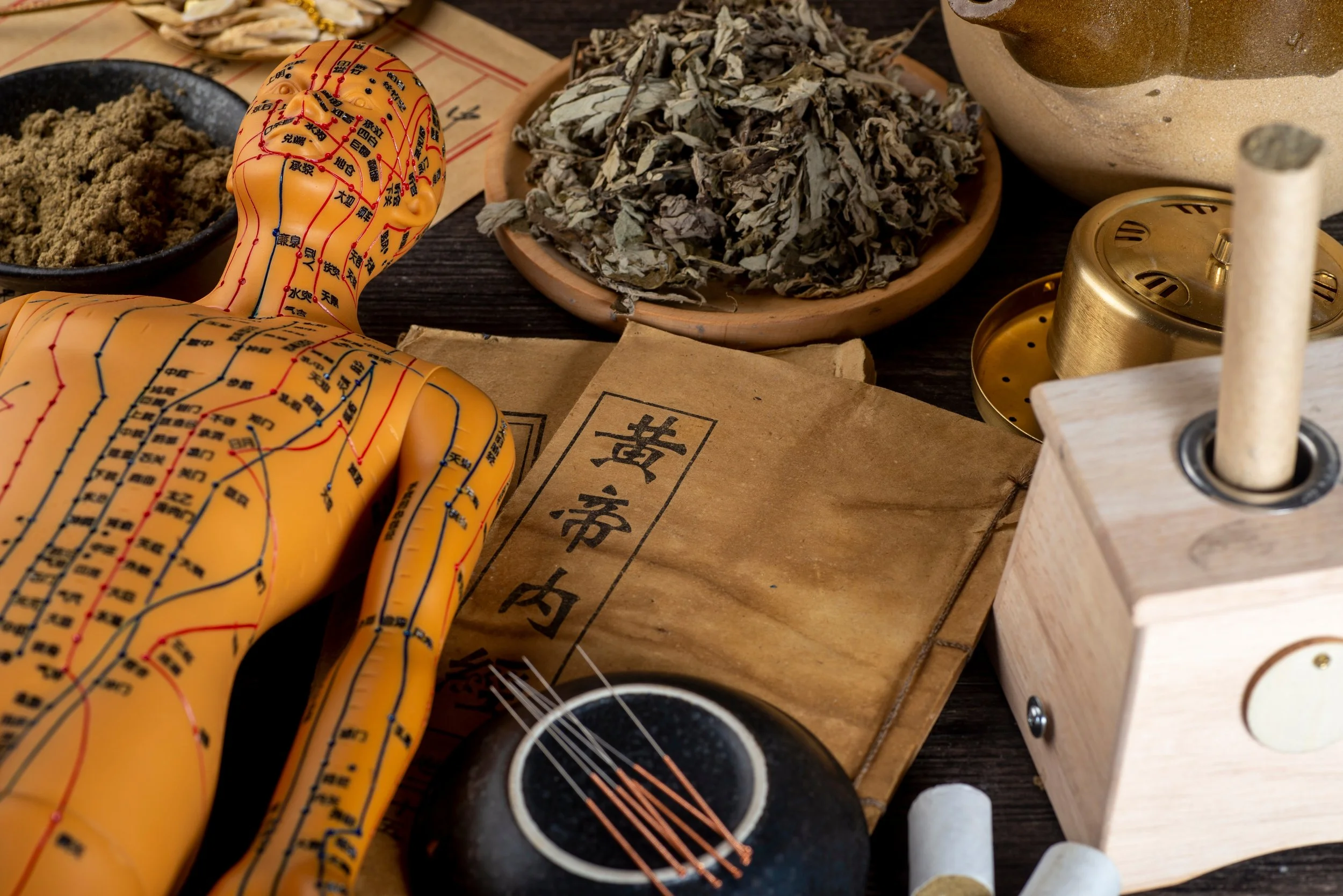

Hello and welcome! I'm Eve, a Chemist turned Herbalist, sharing the wonders of plant medicine and botanical skincare. Join me on this journey to Learn, Create, and Align your Divine!